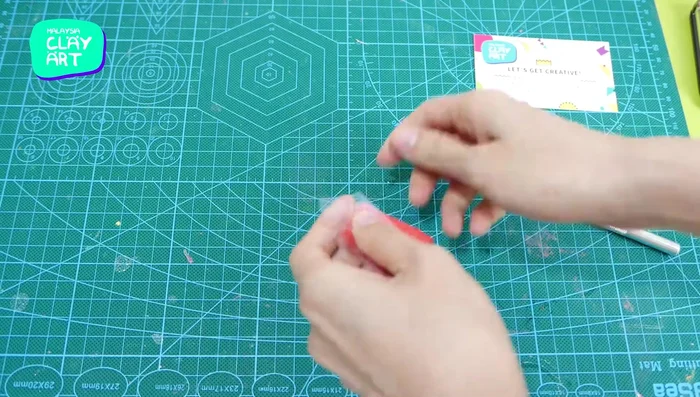Polymer clay crafting offers a fantastic way to create unique and personalized accessories, and what better subject than the vibrant hibiscus flower? This tutorial will guide you through the process of making a stunningly realistic, yet surprisingly speedy, hibiscus keychain using polymer clay. Forget those long, drawn-out projects; this method focuses on efficiency without sacrificing detail, allowing you to craft a beautiful keepsake in a fraction of the usual time. We'll cover everything from choosing the right clay colors to achieving those delicate petal textures, resulting in a keychain that's as charming as it is quick to make.
Prepare to be amazed by how effortlessly you can bring this tropical beauty to life! This fast-paced tutorial, packed with helpful tips and tricks, will empower you to create your own stunning hibiscus keychain in no time at all. Ready to get started? Let's dive into the step-by-step instructions and transform a simple ball of clay into a captivating piece of wearable art.
Preparation and Safety Guidelines
- Red polymer clay
- Black polymer clay
- Pasta machine (or roller)
- Baking paper
- Knife or flower cutter
- Needle tool
- Gold eye pin
- Baking glue
- Round nose pliers
- Yellow clay
- Tweezers
- UV resin
- Split ring
- Gold keychain
- Polymer clay needs to be baked according to the manufacturer's instructions to cure properly. Improper baking can result in a brittle or unusable keychain.
- Always work in a well-ventilated area as some polymer clays may release fumes during baking. Avoid inhaling these fumes.
- Use oven mitts or gloves when handling hot baked clay to prevent burns.
Step-by-Step Instructions
Prepare the Clay
- Prepare and condition red and black polymer clay using a pasta machine (for speed).

Prepare the Clay Blend the Colors
- Blend red and black clay using a simple folding and rolling technique.

Blend the Colors Cut the Petals
- Roll out the blended clay and cut out petal shapes.

Cut the Petals Texture the Petals
- Use a needle tool to add texture to the petals.

Texture the Petals Assemble the Hibiscus
- Glue petals around the eye pin, creating a hibiscus flower.

Assemble the Hibiscus First Bake
- Bake the hibiscus at 130°C for 10 minutes.

First Bake Add Leaves
- Create and attach small green leaves.

Add Leaves Create the Keychain Loop
- Bend the eye pin to form a loop using round nose pliers.

Create the Keychain Loop Add Stamen
- Add small yellow clay balls to the eye pin for added detail.

Add Stamen Second Bake
- Bake again at 130°C for 15 minutes, letting it cool in the oven.

Second Bake Add UV Resin
- Coat the finished hibiscus with UV resin for a glossy finish and durability.

Add UV Resin Attach to Keychain
- Attach the hibiscus to a keychain.

Attach to Keychain
Read more: Hang Your Clay Creations: The No-Hole Hanger Method
Tips
- Conditioning clay is crucial for strength and workability.
- Avoid trapped air bubbles in the clay.
- Roll clay between baking paper to prevent sticking.
- Reshape clay to maximize usable material.
- Don't bake polymer clay directly on the baking tray.











